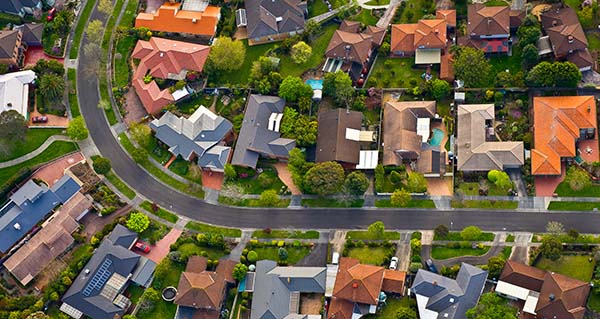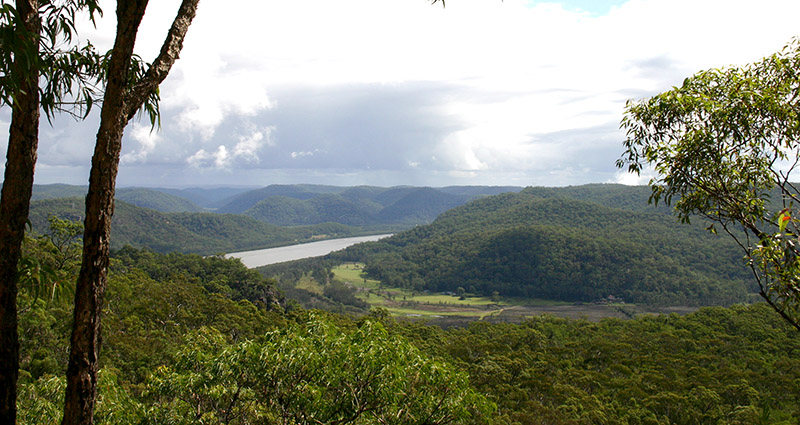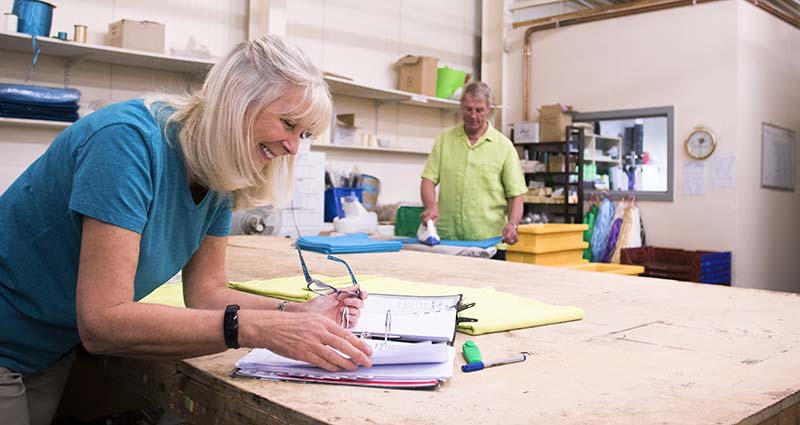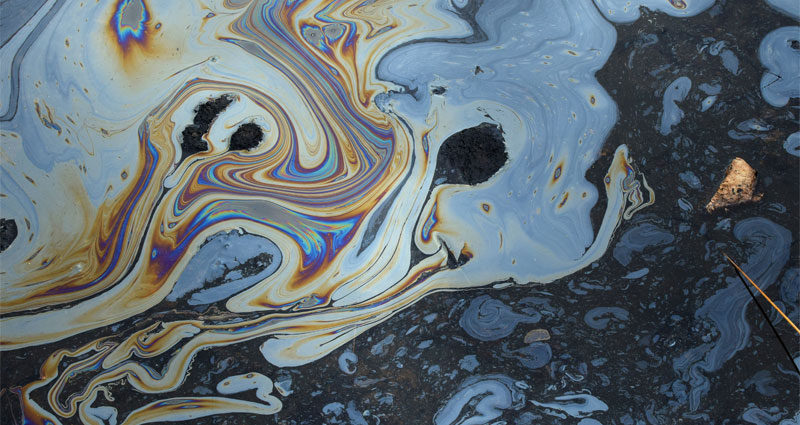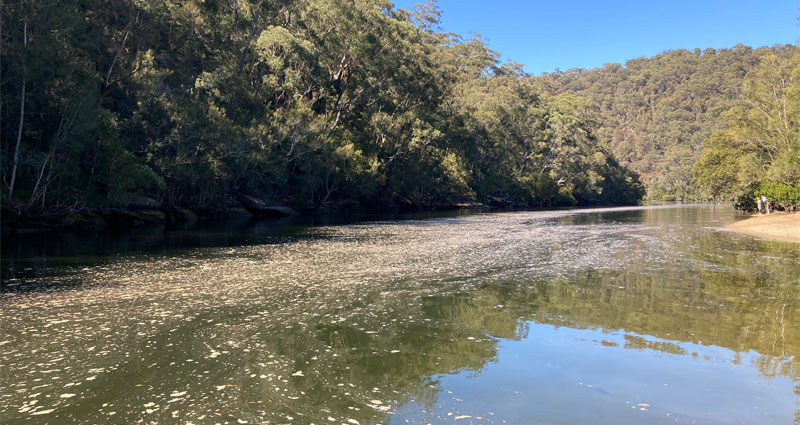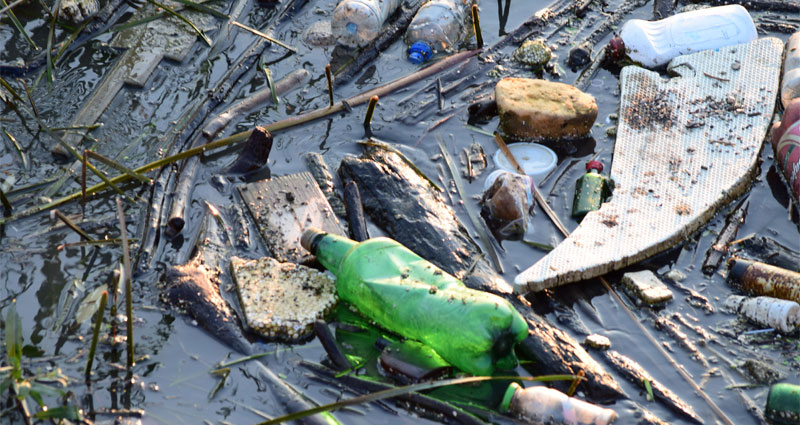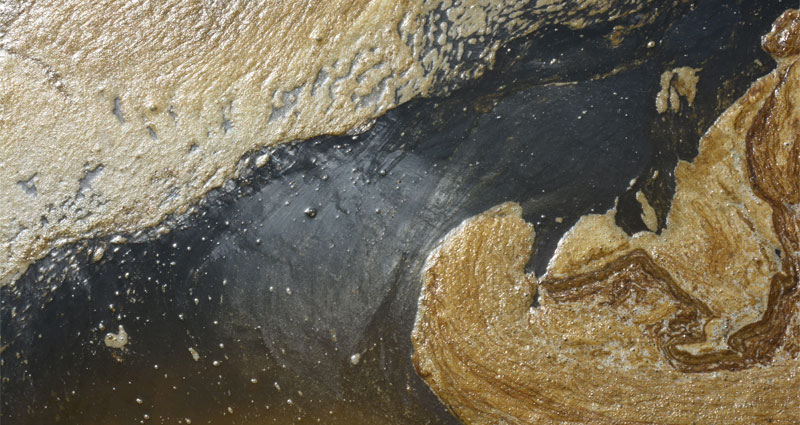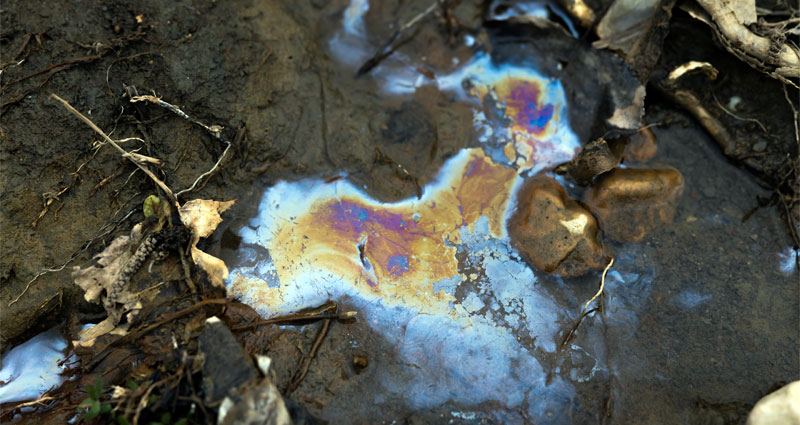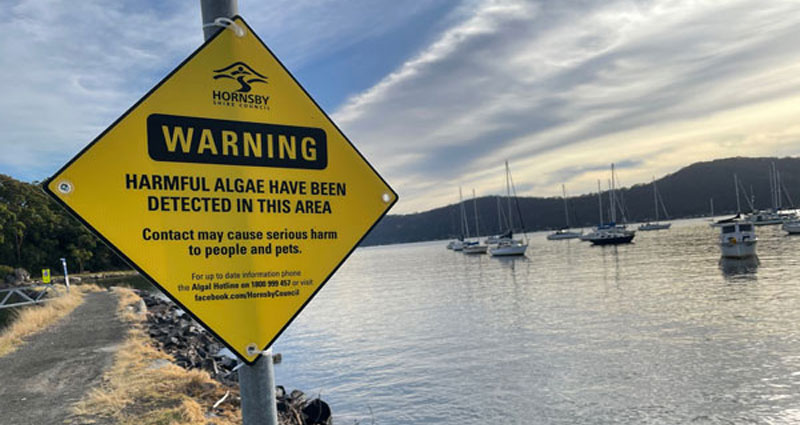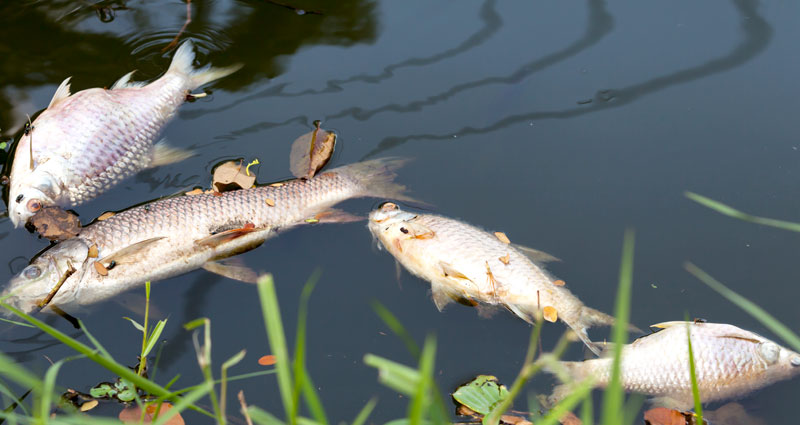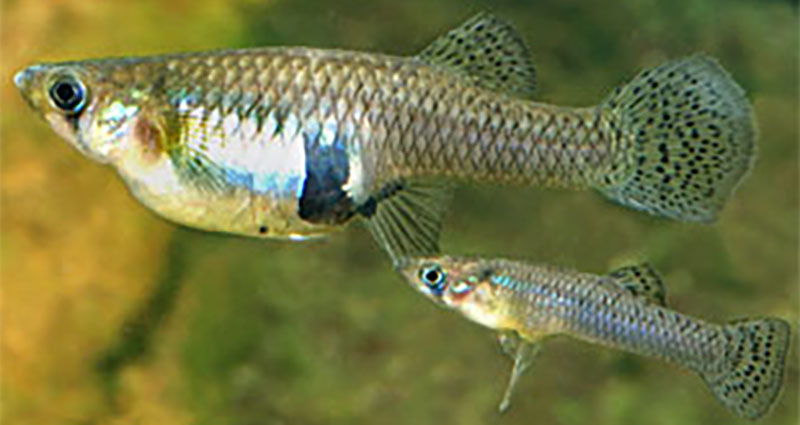Pollution incident or a concern
What is water pollution?
Water pollution occurs when substances enter water systems and alter their physical, chemical, or biological properties. This includes pollutants deposited in locations where they can be washed, blown, or percolate into stormwater drainage systems, eventually affecting local creeks or waterways.
Council’s regulatory powers
Under Part 5.3 of the Protection of the Environment Operations Act 1997, Council Officers have regulatory authority to address water pollution incidents. This applies not only to direct contamination of creeks or rivers but also to pollution in areas where runoff could carry harmful substances into stormwater systems, impacting downstream water bodies.
If you see something of concern, please report water pollution incidents.
Common types and sources of water pollution
- Sediment Pollution: Poor erosion and sediment control on construction and building sites allows sediment to enter waterways
- Sewer Overflows: Overloaded or blocked sewer systems discharge untreated wastewater
- Car Wash Detergents: Washing cars or boats on streets and driveways causes soapy water to flow into stormwater drains
- Paint Disposal: Cleaning paintbrushes or containers over stormwater inlets introduces harmful chemicals into the system
- Concrete Washings: Rinsing concrete equipment on roads allows residues to enter stormwater systems
- High-Pressure Cleaning Runoff: Cleaning houses or roofs without containment results in dirt, chemicals, and debris entering stormwater
- Swimming Pool Overflow: Chlorinated water released during heavy rain or poor management contaminates stormwater systems
- Litter and Cigarette Butts: Waste discarded on roads and footpaths is washed into drains, eventually polluting waterways.
Preventing Water Pollution
Adopting responsible practices and ensuring compliance with environmental regulations can help minimise water pollution. Protecting waterways is vital to maintaining ecosystem health and community well-being.


